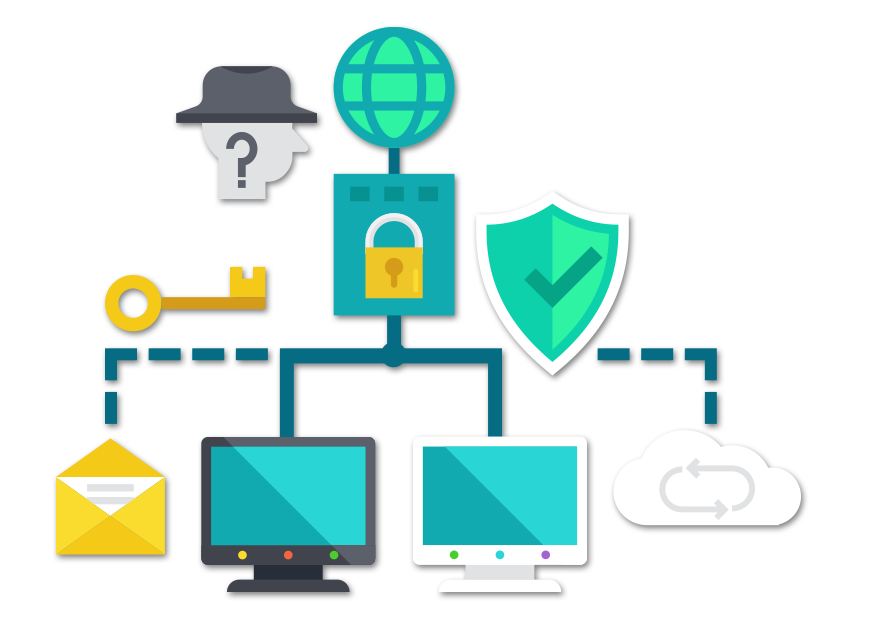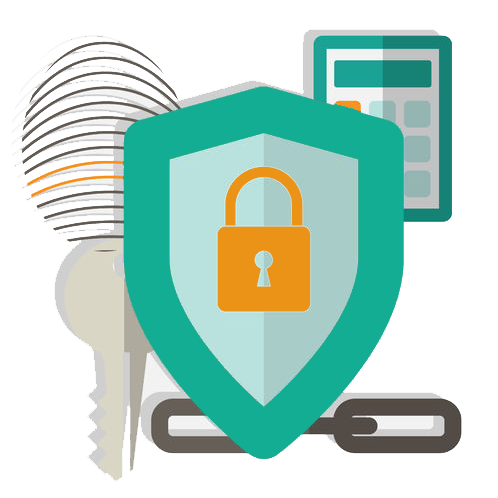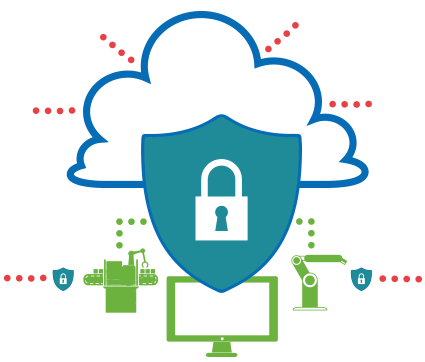Cyber Security
In our real-time connected world, the need to have a high degree of protection of all the assets of a company is a must. Especially the protection of those “immaterial assets” that can be stolen without leaving any trace of what happened. It is very important that especially managers improve the awareness of the threats coming from either inside or outside their companies, that can jeopardise the safety and business continuity of the organisations companies they manage.
In the past there’s been some confusion between Information security and Cybersecurity.
Information security deals with general information, regardless of its format: it includes paper documents, digital and intellectual property in people’s minds, and verbal or visual communications.

On the other hand Cybersecurity deals with protecting Company’s digital assets. It involves everything from networks security to hardware, including any information that is processed, stored or transported by Internet and elaborated through information systems.

On top of that, events like DDOS (Denial od Service), Advanced Persistent Threats (APTs) or foreign nations state-sponsored attacks belong almost exclusively to Cybersecurity. It is nowadays a common practice to think of Cybersecurity as one of the Company’s Information Security components.
“Our specialists start by carefully assessing the current situation and focus their audit and implementation actions on the actual security of Information elaborated, stored, received and sent in fully compliancy with NISTS and ENISA 5 attention points: Identify, Protect, Detect, Respond, Recover.”
Therefore – to get rid of any possible confusion – people of Nextar intend the term Cybersecurity as “protecting information assets (IT data) by addressing threats to information processed, stored and digitally transported by on-the-internet-working information systems”.
In order to be compliant in effectively protecting Digital Assets within their Cybersecurity frameworks, both the National Institute of Standards and Technology (NIST) and the European Union Agency for Network and Information Security (ENISA) have identified five key functions necessary for the protection of digital assets.
These functions coincide with incident management methodologies that we regularly use and include the following activities:
- Identify: Use organisational understanding to minimize risk to systems, assets, data and capabilities.
- Protect: Design safeguards to limit the impact of potential events on critical services and infrastructure.
- Detect: Implement activities to identify the occurrence of a cybersecurity event.
- Respond: Take appropriate action after learning of a security event.
- Recover: Plan for resilience and the timely repair of compromised capabilities and services.
We provide service in assessing, auditing and implementing plans against the cyber risk and improving the cybersecurity awareness.
Nextar is focused to maximize the benefits coming up from the emerging technologies. That’s why we are building up skills and competencies for managing new business field and in the specific offering to our customers turnkey solutions, ranging from prototyping up to consultancy and project management. Using our consultants skills, we are able to minimize the time to market of the customers solutions, maximizing the customer satisfaction.



